Gypsum sand dunes, White Sands National Park, New Mexico, USA
© Grant Kaye/Cavan Image
Sands of time
At a quick glance, you might mistake these dunes for massive snowdrifts. Although they do make for great sledding, the tiny crystals that make up White Sands National Monument are not ice but gypsum, a soft mineral often used to make plaster and chalk.
The pearly sands compose the largest gypsum dune field in the world but cover just a fraction of southern New Mexico's Tularosa Basin. This vast desert valley - more extensive than some US states at 10,400 square kilometres - is mostly occupied by the White Sands Missile Range. The active military installation - the US' largest by area - surrounds the National Monument and includes the Trinity site, where the first atomic bomb was detonated in 1945.
That event altered the course of humanity's future, but the White Sands region is also defined by echoes from our very distant past. Recently, scientists have used radar technology to zero in on prehistoric human, mammoth, and giant sloth footprints buried long ago beneath the shifting sands.
Related Images
Bing Today Images
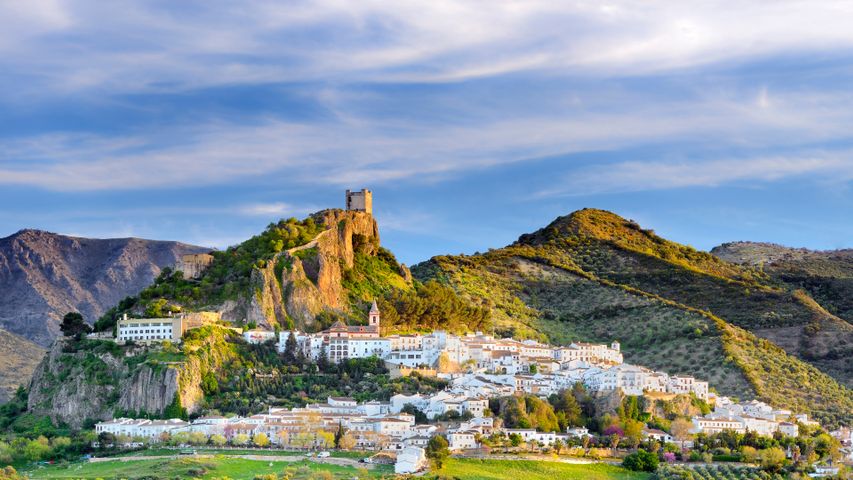
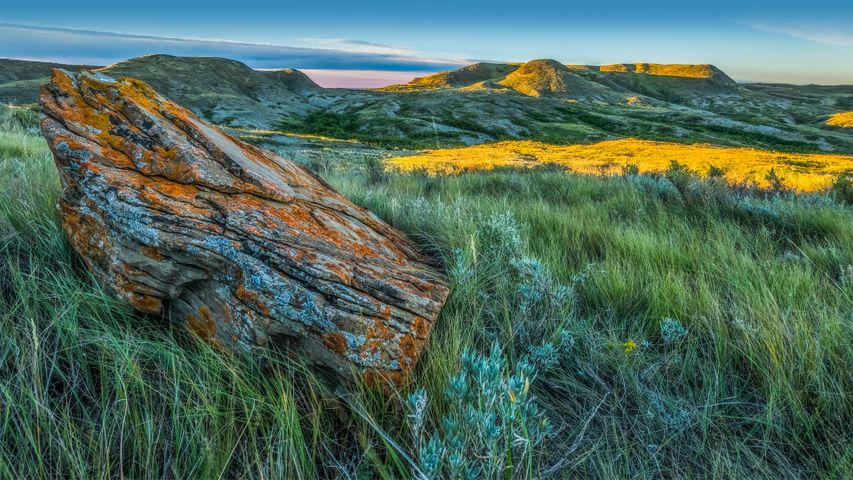
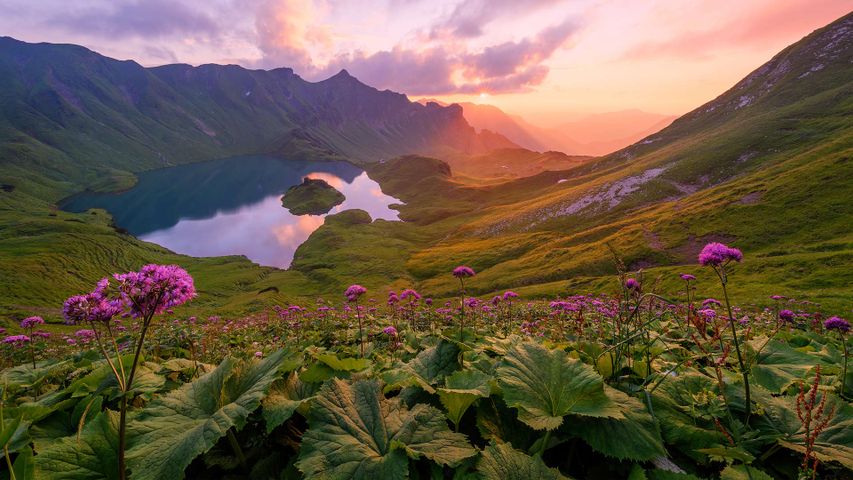

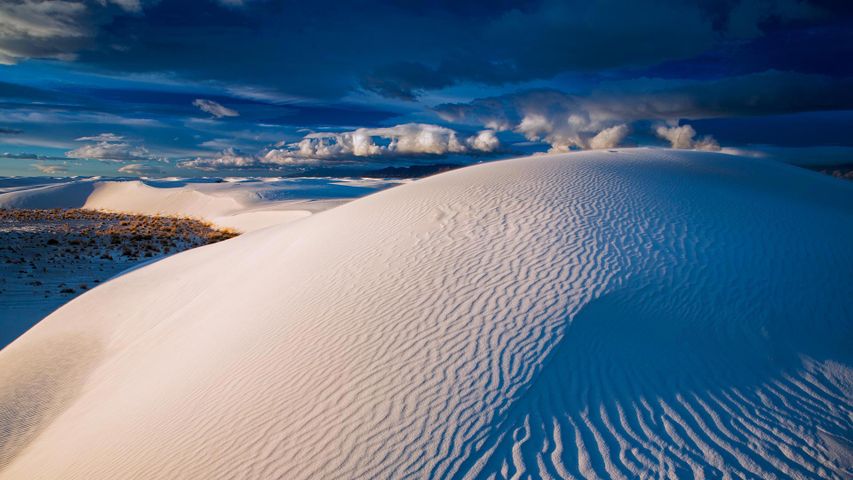
 Beach in Santa Catarina, Brazil
Beach in Santa Catarina, Brazil
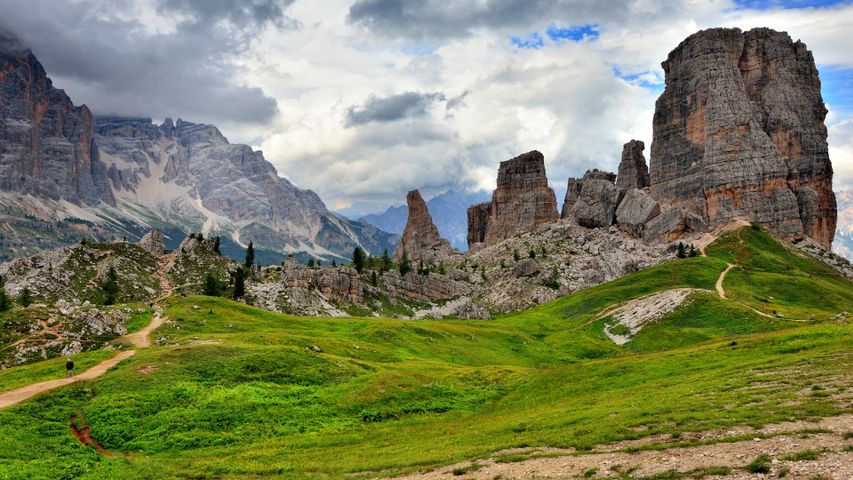 Cinque Torri, Dolomites, Italy
Cinque Torri, Dolomites, Italy
 Chisos Mountains, Big Bend National Park, Texas, United States
Chisos Mountains, Big Bend National Park, Texas, United States
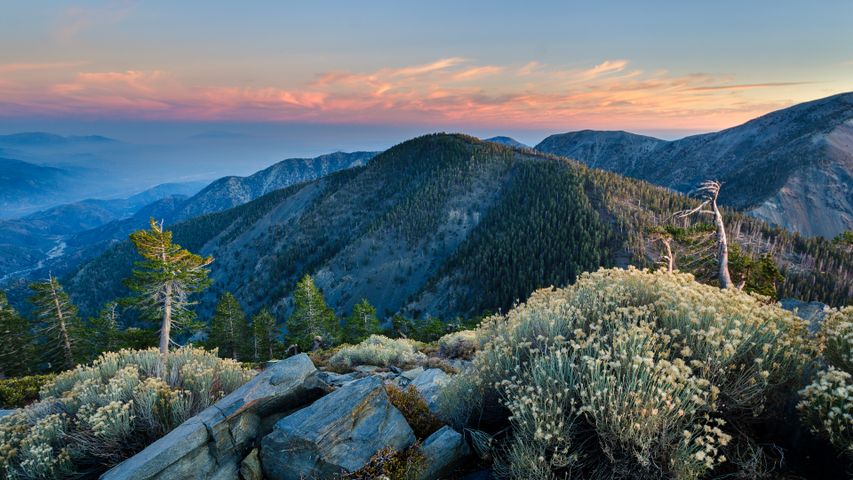 Summit of Pine Mountain, Angeles National Forest, California, United States
Summit of Pine Mountain, Angeles National Forest, California, United States
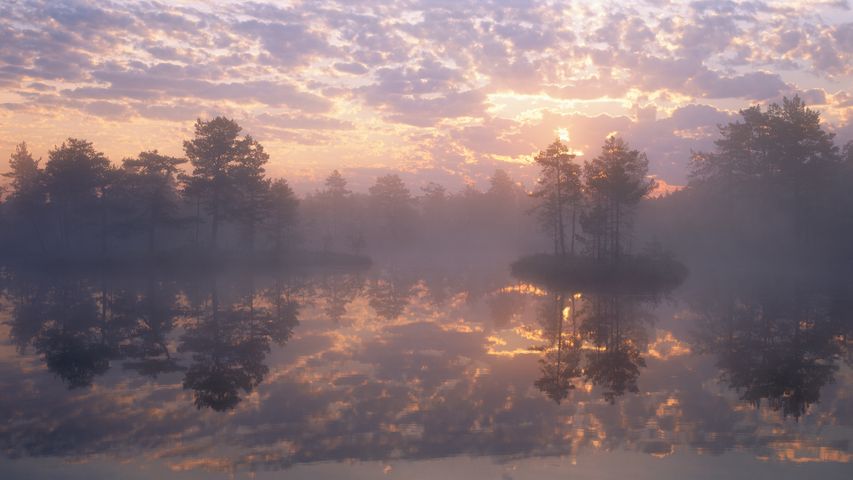 Knuthöjdsmossen nature reserve, Sweden
Knuthöjdsmossen nature reserve, Sweden
 Miravet on the Ebro river, Tarragona, Catalonia, Spain
Miravet on the Ebro river, Tarragona, Catalonia, Spain
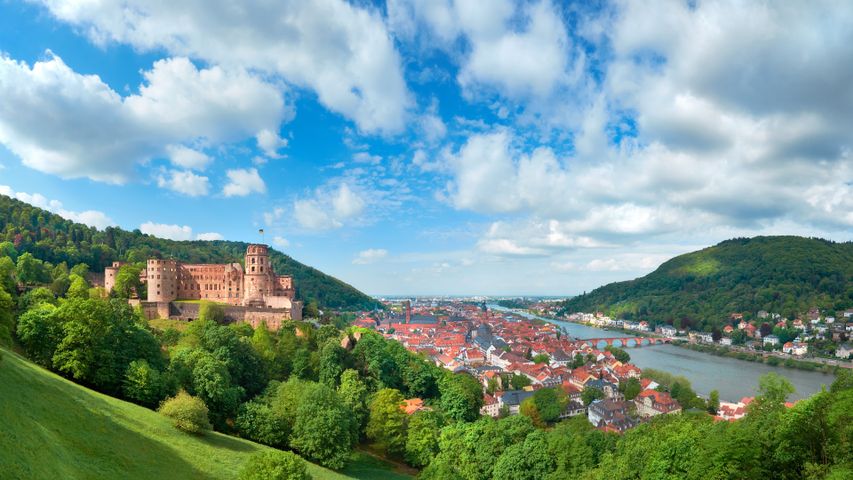 Heidelberg, Baden-Württemberg, Germany
Heidelberg, Baden-Württemberg, Germany
 Jotunheimen National Park in Norway
Jotunheimen National Park in Norway
